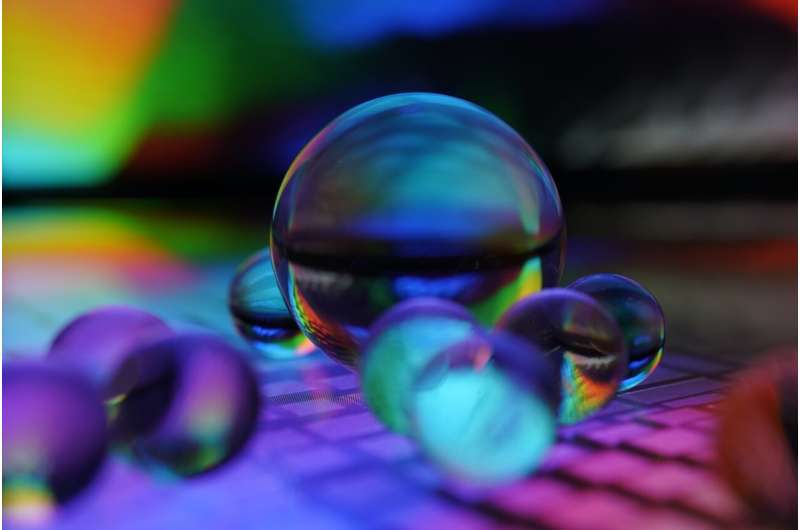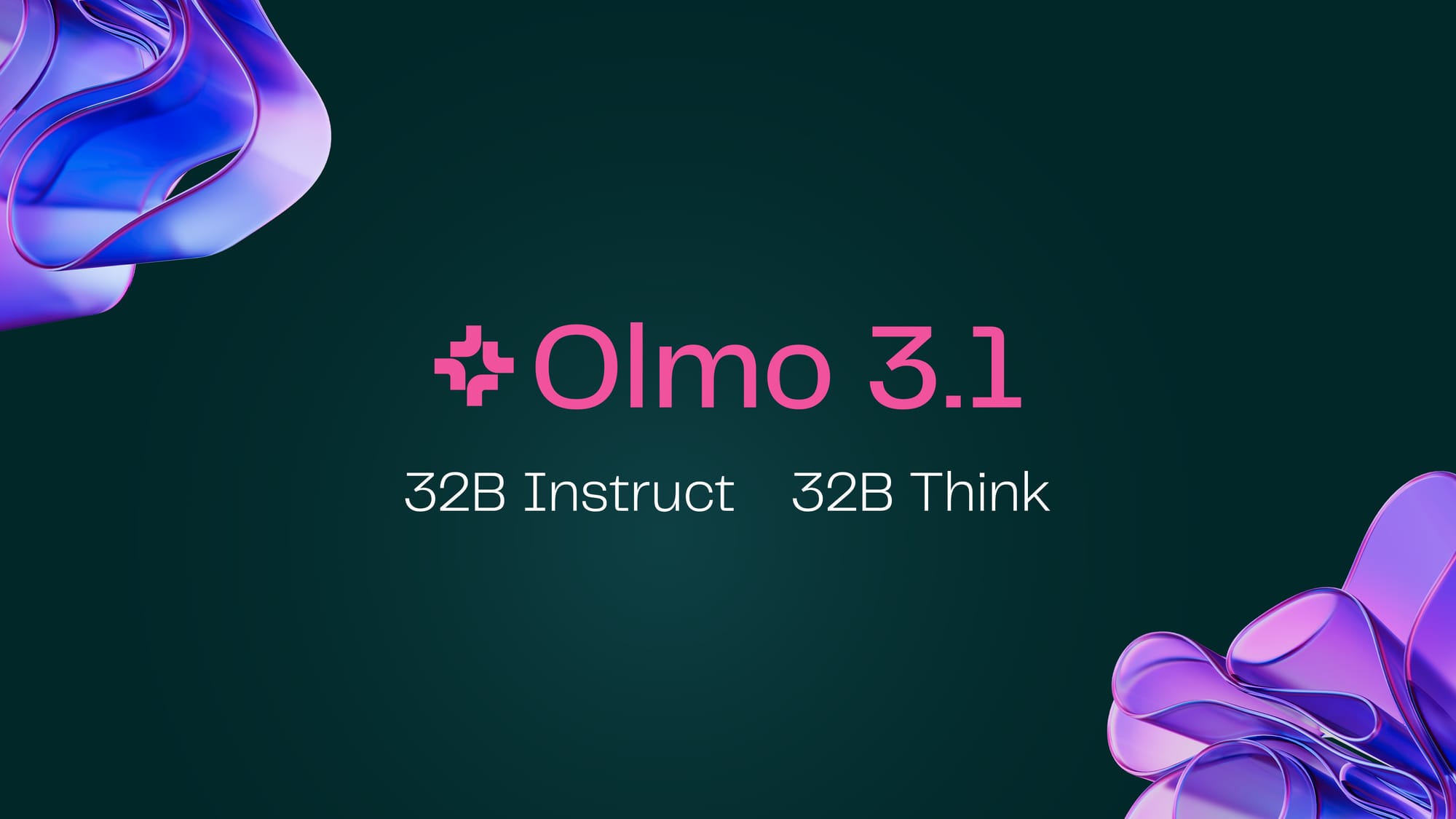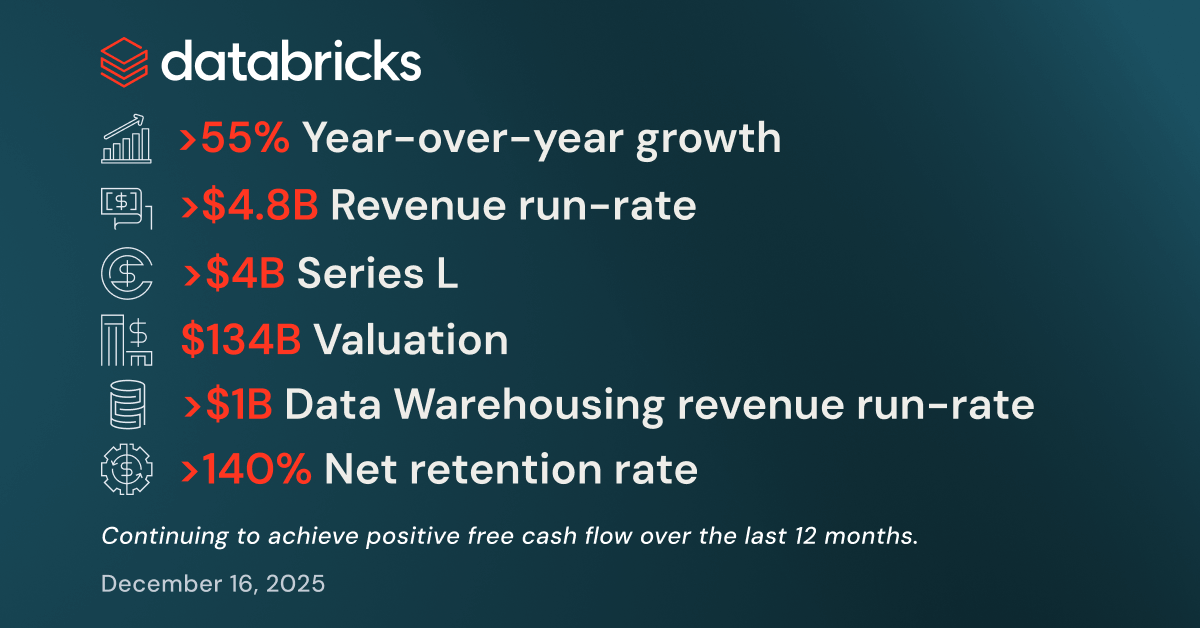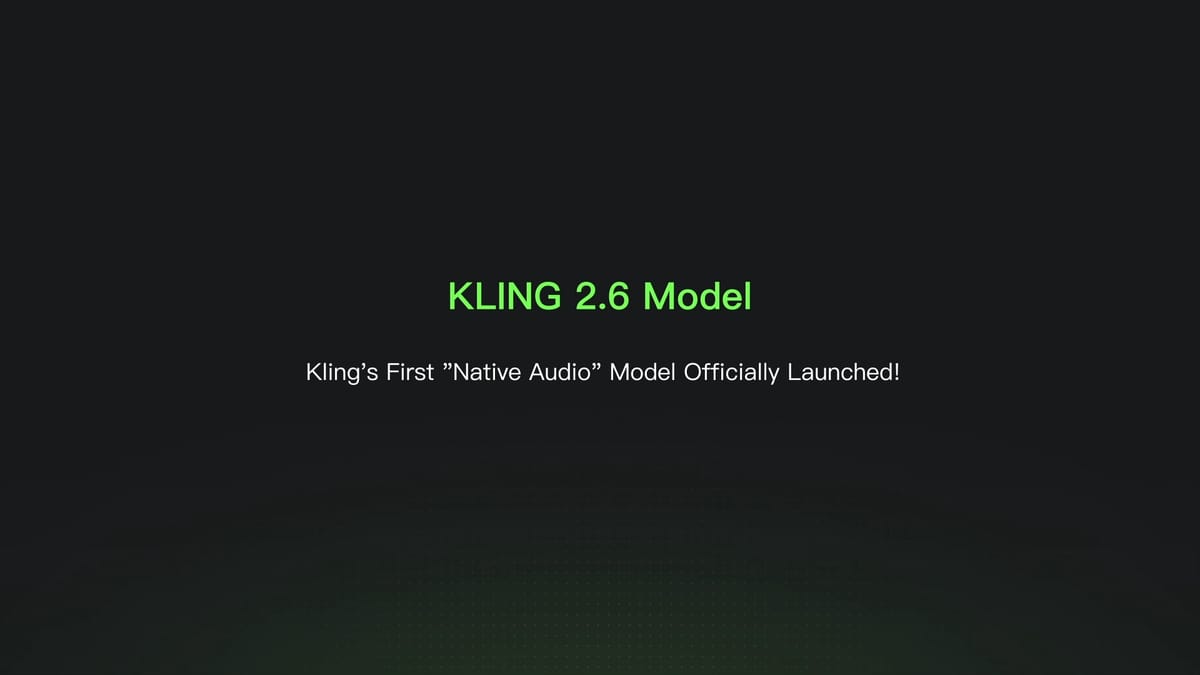Machine learning researchers have developed an accurate way to identify novel, high-performance polymeric membranes using ML methods. Such membranes are widely used in industry to separate gases such as CO2 from flue gases and methane from natural gas.
Using various fingerprint traits and fixed chemical descriptors, the team of scientists applied deep learning on a small data set to relate the chemistry of the membranes to their performance. They found that the ML model was able to detect thousands of polymers with characteristics that exceeded Robson's upper limit, which is the standard.
An innovative new way to use machine learning (ML) to testing and discovery of new polymer membranes will allow the industry to conduct gas separation with greater throughput while maintaining high levels of selectivity.
As a result, the membrane development community will have many new high-performance candidate polymers and key chemical features to consider when developing their molecular structures.






Comments